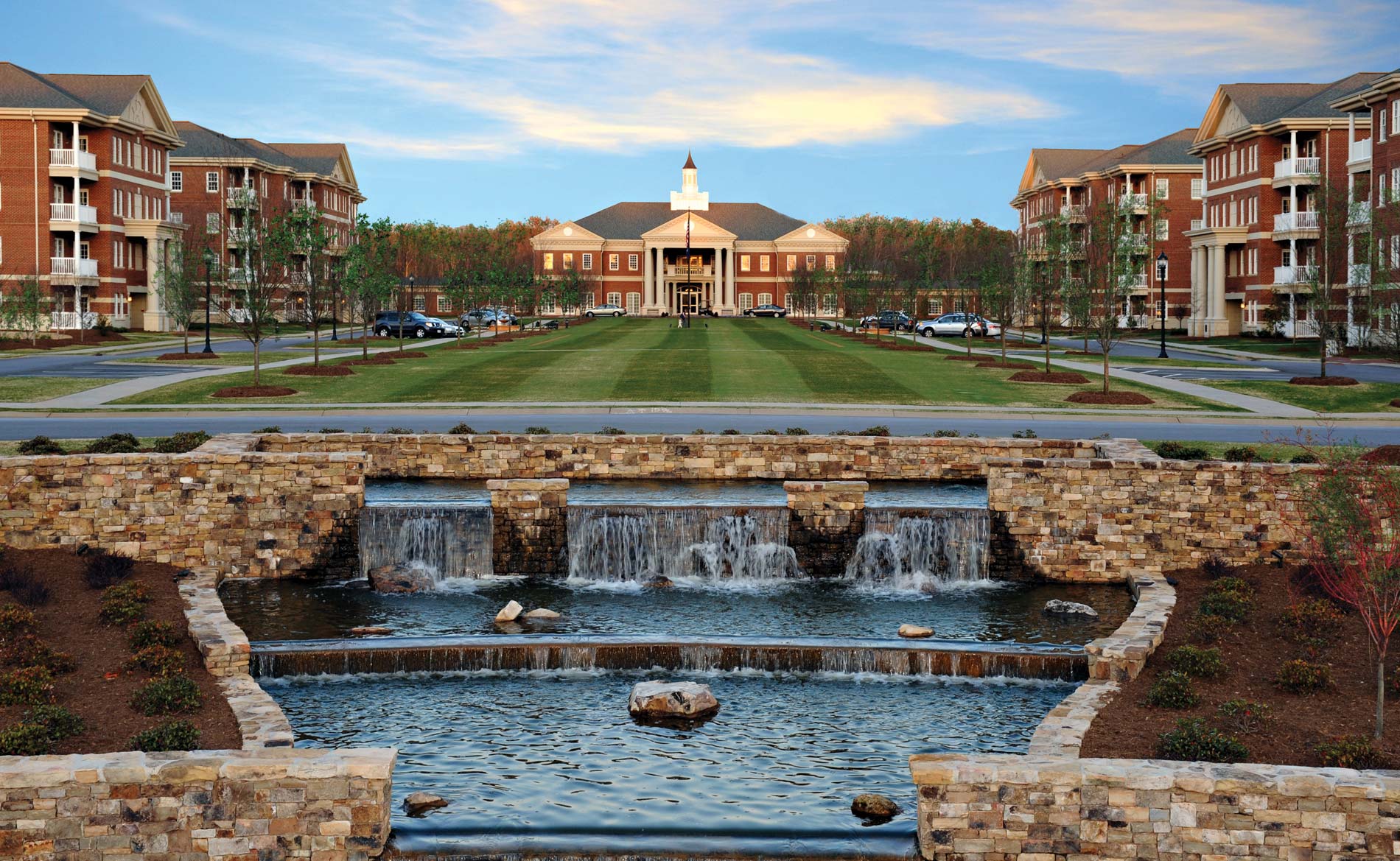What Are Retirement Communities?
Defining Retirement Communities
Retirement communities are residential neighborhoods or complexes designed specifically for seniors, typically aged 55 and older. They offer housing, amenities, and services that cater to the lifestyles and preferences of retirees. These communities can vary widely in structure, from large retirement villages to smaller, intimate settings.
Types of Retirement Communities
-
Independent Living Communities: Ideal for seniors who are self-sufficient and want to enjoy a maintenance-free lifestyle with access to social activities and amenities.
-
Assisted Living Communities: Provide support with daily activities, such as bathing, dressing, and medication management, while encouraging independence.
-
55+ Communities: Age-restricted neighborhoods designed for active adults who want to downsize and live among peers.
-
Continuing Care Retirement Communities (CCRCs): Offer a continuum of care, including independent living, assisted living, and nursing care, allowing residents to age in place.
Benefits of Retirement Communities
Socialization and Community
Retirement communities provide an environment where seniors can connect with peers through shared activities, events, and hobbies. This sense of community reduces isolation and enhances emotional well-being.
Competitor Highlight: Senior Communities vs. Traditional Neighborhoods
Unlike traditional neighborhoods, senior communities are designed to foster relationships and engagement among residents, creating a more active and supportive social environment.
Maintenance-Free Living
Most retirement communities handle property maintenance, landscaping, and other household chores, allowing residents to focus on enjoying their retirement years.
Access to Amenities
From fitness centers and swimming pools to on-site dining and transportation services, retirement communities offer a range of amenities that simplify life and promote a healthy lifestyle.
Safety and Security
Many retirement communities feature gated entrances, on-site staff, and emergency response systems, providing peace of mind for residents and their families.
Tailored Healthcare Services
Assisted living and CCRCs offer on-site healthcare services, ensuring residents have access to professional support as their needs evolve.
Competitor Highlight: Assisted Living vs. Independent Living
While independent living communities focus on lifestyle and socialization, assisted living communities provide additional support for daily activities, making them suitable for seniors who require extra assistance.
How to Choose the Right Retirement Community
Key Factors to Consider
Location
Proximity to family, friends, healthcare facilities, and local attractions should be a top priority. Searching for terms like “Senior Living Near Me” or “Retirement Homes Near Me” can help identify options in your desired area.
Lifestyle and Amenities
Evaluate the activities, amenities, and services offered by each community to ensure they align with your interests and needs.
Budget
Understand the costs associated with each community, including entrance fees, monthly fees, and additional charges for healthcare services.
Level of Care
Consider your current and future healthcare needs. If you anticipate requiring assistance later, a community that offers a continuum of care might be a better choice.
Community Culture
Visit potential communities to get a feel for the atmosphere, social dynamics, and resident satisfaction.
Competitor Highlight: 55+ Communities vs. CCRCs
While 55+ communities focus on active lifestyles and social opportunities, CCRCs offer a broader range of care options, making them more suitable for long-term planning.
Retirement Communities for Specific Needs
Independent Living
Designed for seniors who are self-sufficient, independent living communities emphasize a maintenance-free lifestyle with access to amenities like fitness centers, social activities, and dining options.
Assisted Living
For seniors who need help with daily activities, assisted living communities provide personalized care plans, housekeeping, and healthcare services in a supportive environment.
55+ and Over 55 Communities
These age-restricted neighborhoods cater to active adults aged 55 and older, offering amenities like golf courses, clubhouses, and social events tailored to their interests.
Competitor Highlight: Retirement Villages vs. 55 Plus Communities
Retirement villages are often larger and include a mix of housing options, while 55+ communities are typically smaller and focus on active adult lifestyles.
Advantages of Living in a Retirement Community
Simplified Living
Downsizing to a smaller home in a retirement community eliminates the stress of home maintenance, enabling retirees to enjoy their free time.
Social Opportunities
From group fitness classes to game nights, retirement communities foster a sense of camaraderie and connection among residents.
Access to Care
Communities like CCRCs provide seamless transitions between different levels of care, ensuring residents receive the support they need at every stage of life.
Myths About Retirement Communities
Myth 1: Retirement Communities Are Only for the Elderly
Fact: Many retirement communities cater to active adults aged 55 and older, offering vibrant and engaging lifestyles.
Myth 2: They Are Too Expensive
Fact: While some communities have high entrance fees, many offer affordable options, including rental agreements or fee-for-service plans.
Myth 3: You Lose Independence
Fact: Independent living communities prioritize autonomy while providing support and convenience.
FAQs
What is the average cost of a retirement community?
Costs vary widely based on location, amenities, and level of care. Independent living communities average $2,500–$4,000 per month, while assisted living can range from $3,000–$6,000 per month.
Are retirement communities age-restricted?
Yes, most communities are designed for individuals aged 55 and older. However, some may allow younger family members or spouses to live on-site.
What’s the difference between independent and assisted living?
Independent living focuses on lifestyle and convenience, while assisted living provides additional support for daily activities like bathing, dressing, and medication management.
Can I bring my pet to a retirement community?
Many retirement communities are pet-friendly, but policies vary. It’s best to check with the specific community.
Do retirement communities offer healthcare services?
Assisted living and CCRCs provide on-site healthcare services, while independent living communities may offer access to nearby healthcare providers.
Retirement communities offer a unique blend of independence, socialization, and support, making them an ideal choice for seniors seeking a fulfilling and worry-free lifestyle. By understanding the various types of communities and their benefits, retirees can make informed decisions that align with their preferences, budget, and long-term needs.

